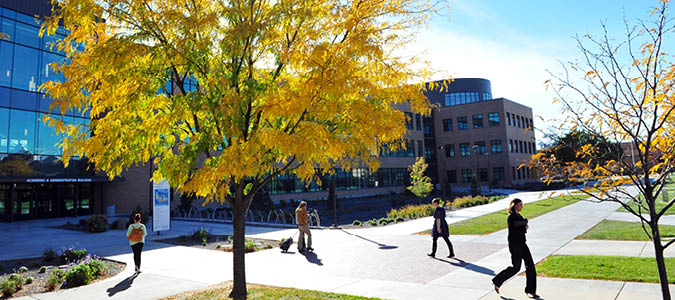The Higher Education Appropriations Subcommittee of the Utah Legislature met on Tuesday. Their discussions focused on the issues of student debt and increasing costs for higher education. The rising costs for students to enroll in college is a prominent topic nationally, and higher education institutions mistakenly shoulder the blame. However, a recent special report by Consumer Reports notes three primary causes of the increased costs of higher education and its impact on the student debt crisis:
Middle-class incomes stagnated, college costs soared, and states retreated from their historical investment in public universities. If states had continued to support public higher education at the rate they had in 1980, they would have invested at least an additional $500 billion in their university system.
According to materials presented at Tuesday’s Subcommittee meeting, state funds for higher education in Utah has increased 66% over the past 15 years and overall tuition revenues (not tuition rates) have increased 314%. Overall higher education funding has increased 129% between FY 1999 and FY 2015.
Why have college costs increased?
Despite the 66% increase in state funding over the past 15 years, higher education’s percentage share of the state budget has remained virtually unchanged—around 12-14%. In fact, state funding has barely kept pace with the Higher Education Price Index (HEPI) which, coincidentally, has also increased 66% over the past 15 years.
State funding hasn’t kept pace with the other primary cause of increased higher education costs in Utah: student growth. In 2000 the amount of state funding supporting each full-time USHE student was as high as 75%; now it is 50%. This is because USHE institutions have added over 53,000 new students since 2000—the equivalent size of the current student bodies of Utah State University and Weber State University combined. When accounting for HEPI inflation, the relative amount of state funding is now being shared among a larger number of students resulting in a cost shift to students via tuition increases. Students now bear a greater share of their total cost to go to college than they did 15 years ago.
However, Utah is faring better than the rest of the country for two reasons: low tuition and highly efficient institutions. State funding in Utah for higher education is comparatively stronger than in many states, resulting in some of the lowest tuition rates in the country; in fact, Utah has the third lowest tuition for public four-year universities.
Utah’s public higher education institutions are also some of the most efficient in the country. As was reported by legislative staff in Tuesday’s committee hearing, USHE institutions rank second among states in the number of degrees per $100,000 spent—the second highest rate of productivity in the U.S. (See Figure 17 here).
Student debt
In addition to increased costs, students are taking on more debt than ever. 42 million Americans now bear $1.3 trillion in student debt. According to Consumer Reports, this trend is largely due to changes in federal laws over a period of several years:
A generation ago, the federal government opened its student loan bank to profit-making corporations. Private-equity companies and Wall Street banks seized on the flow of federal loan dollars, peddling loans students sometimes could not afford and then collecting fees from the government to hound students when they defaulted.
The calculus for students and their families had changed drastically, with little notice. Today, there is a student debt class like no other: about 42 million Americans bearing $1.3 trillion in student debt that’s altering lives, relationships, and even retirement.
Fortunately in Utah, the student debt picture is the least-bleak among states. Utah college students have the lowest average student debt in the nation. This is primarily due to Utah’s low tuition rates and wise use of other funding before resorting to loans. Utah also has one of the lowest percentages of enrolled students who take out student loans. At yesterday’s appropriations subcommittee meeting, it was also noted that student loan default rates in Utah are significantly higher at private, for-profit institutions than public institutions.
The student loan industry changed significantly in 2010 as the federal government took control of issuing all federally-funded loans. Before 2010, Utah Higher Education Assistance Authority, a subsidiary to the Board of Regents, issued federally-backed loans and worked closely with students to ensure prudent use of loan funds. For several years, Utah had the lowest loan default rates in the country. The changes in 2010 have led to a recent increase in defaults and increased debt taken on by Utah college students.
The Higher Education Appropriations Subcommittee is expected to meet again in October in preparation for the 2017 Legislative Session.

